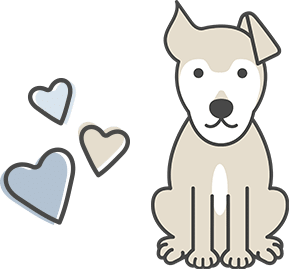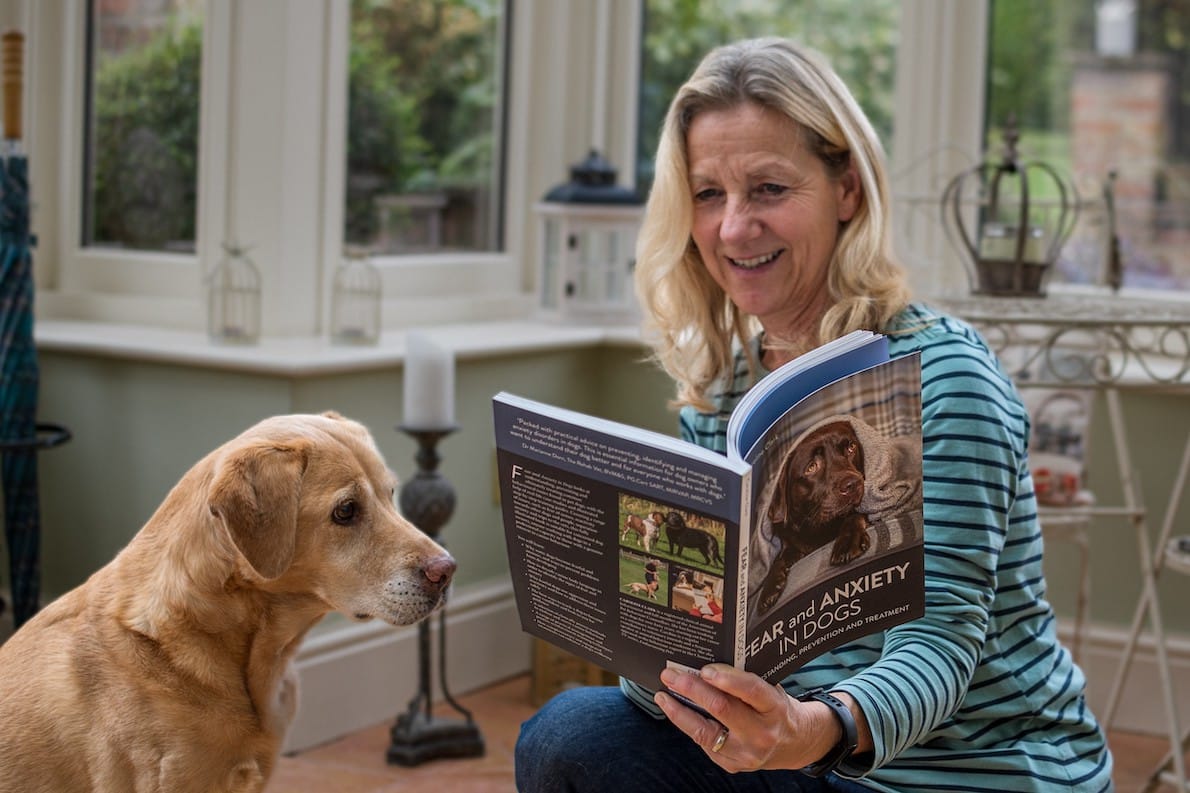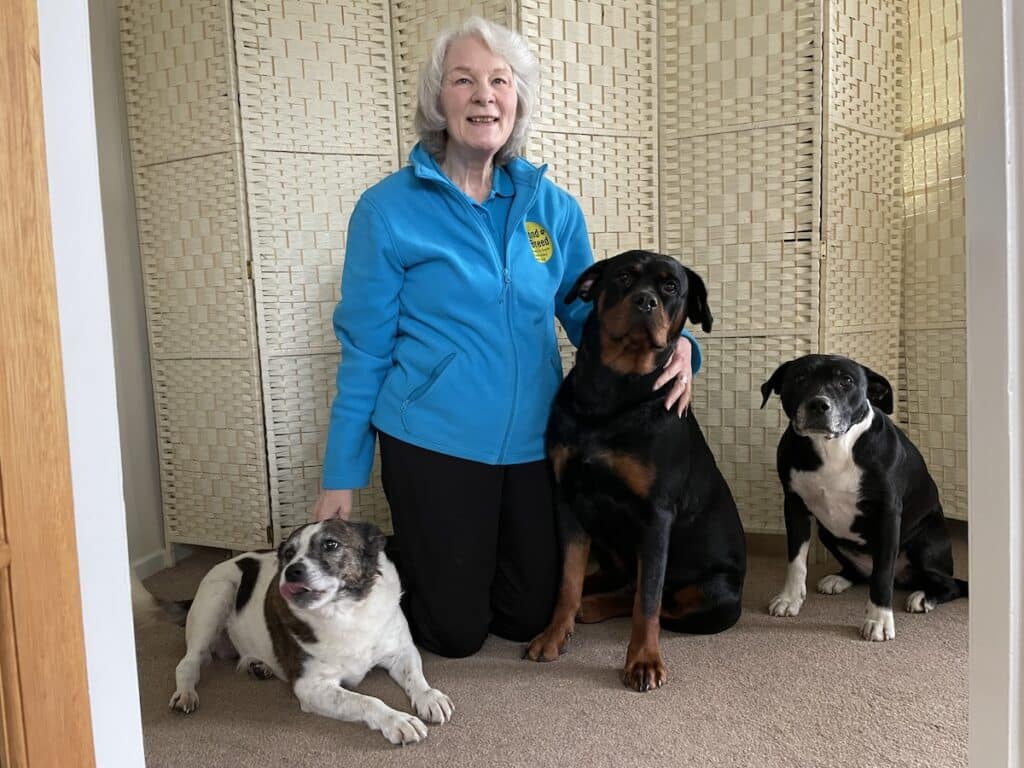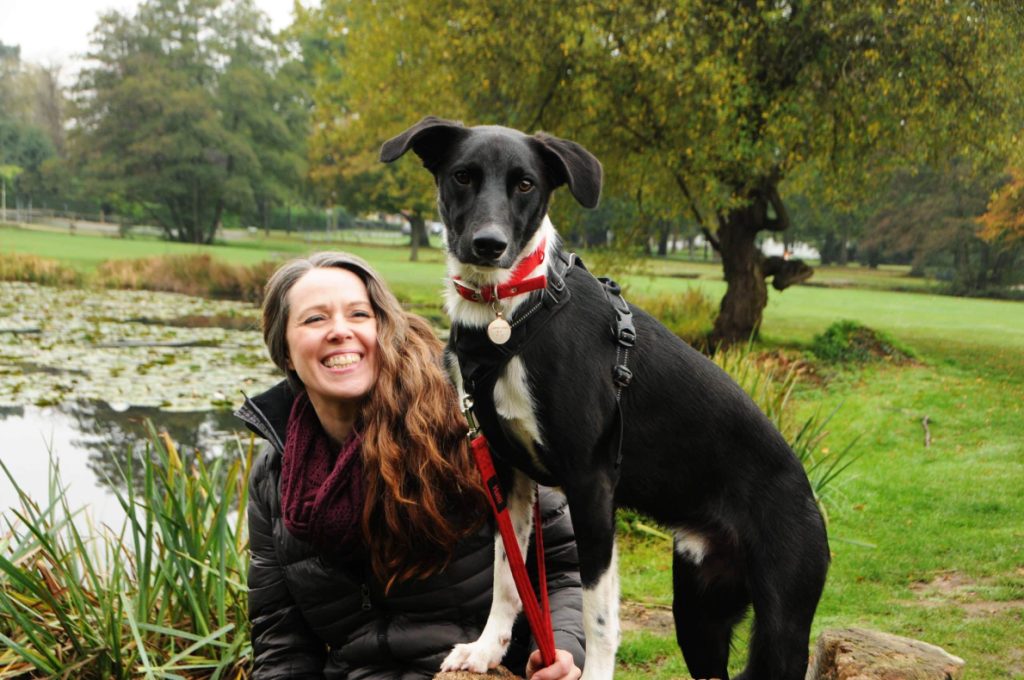NEARLY half of dogs experience anxiety in some way in their lives and Caroline Clark, author of Fear and Anxiety in Dogs is on a mission to support pets and owners.
A study by the Journal of Veterinary Behaviour found 44 per cent of dogs showed signs of anxiety and this impacts on pet parents too.
Caroline is a vet nurse and behavioural counsellor meaning she works with both dogs and people in helping them to overcome challenges.
This year her book, Fear and Anxiety in Dogs was published, providing a ‘self-help book for dogs,’ and tackling a topic close to her heart.
We chatted to mark Pet Anxiety Month in March, and she shared her insights on how to spot the signs your dog might be anxious and ways to support them.
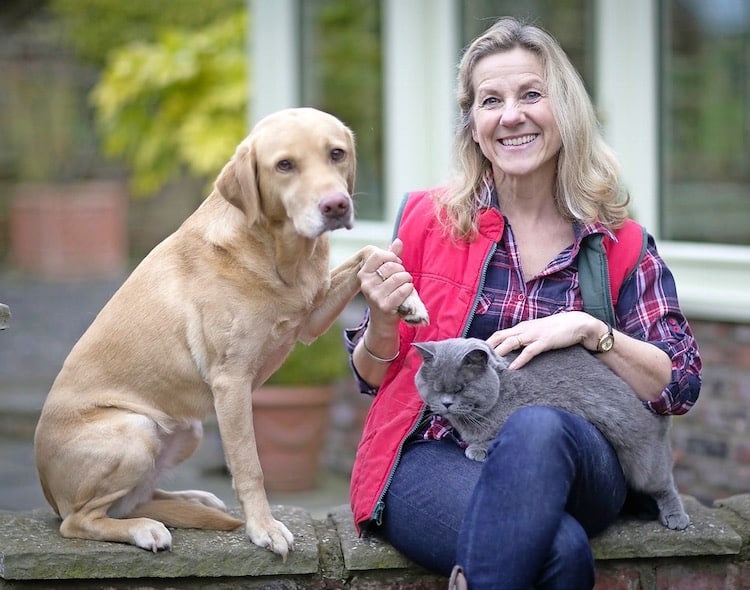
Hi Caroline, tell us about your work?
I began my career in veterinary nursing where I worked for many years.
I transitioned in to teaching, working in colleges and for the Royal College of Veterinary Surgeons (RCVS) on the veterinary nursing programme.
Some time later I was asked to teach animal behaviour as part of an undergraduate course, based on my experience as a veterinary nurse.
I delved deeper into behavioural problems through a postgraduate course in companion animal behaviour counselling.
I combined my passions for both teaching and animal behaviour and began my primary role as a behavioural counsellor.
What is behaviour counselling?
Behaviour counselling and training are different but inextricably linked.
Counselling is helping people when their dog is displaying unfavourable behaviours.
I work with owners, vets, and trainers alike to help identify problematic behaviours and triggers and devise a plan to mitigate them.
How has your work shifted to focus more on animal anxiety?
I’ve found most of the time the root cause of behavioural problems is fear and anxiety.
Dogs will try to give us signals as to how they’re feeling, but we don’t always know how to interpret them.
This pushed me to begin spreading the message and teaching others how to help their animals in their time of need so they can have a high quality of life.
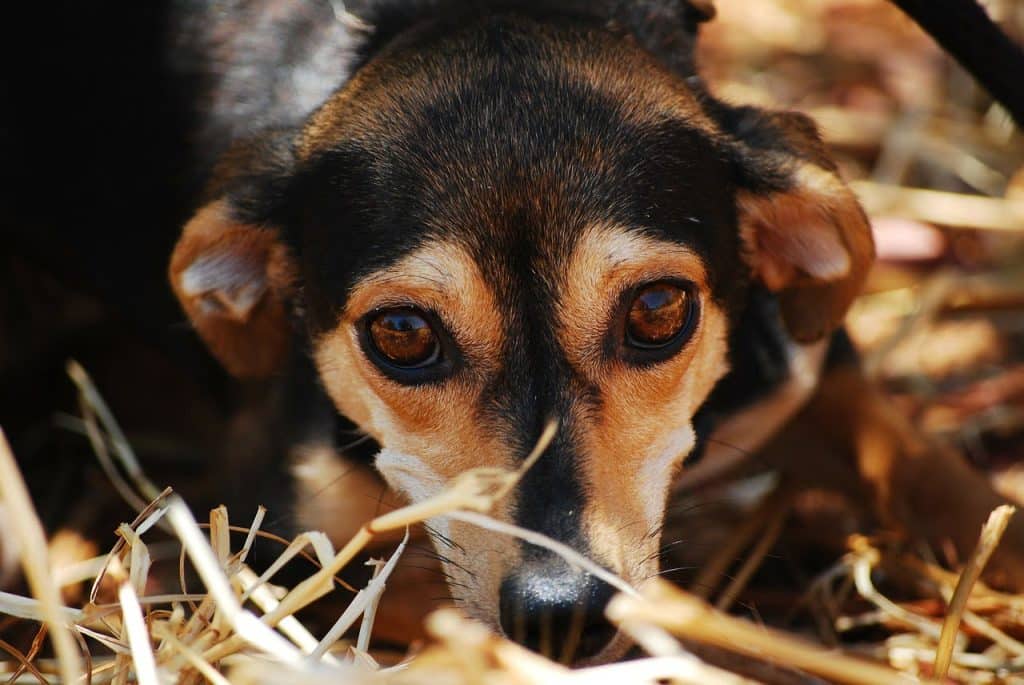
What are the signs of an anxious dog?
The signs are not always obvious! If you had to pinpoint an exact problematic behaviour, you may not be able to.
But there are behaviours and actions to look for:
- Barking
- Chasing shadows
- Acting out of character
- Aggression
- Hyperexcitability
Just as important is your dog’s body language, the following may be signs of anxiety as well:
- Positioning of ears
- Cowering posture
- Licking lips excessively
- Chomping their jaw (your dog may look like they are chewing)
- Position of the eye (where you can see part of the whites of the eye like on the photo below)
- Body position
I focus on teaching owners, vets, nurses, and other professionals to look for these subtle signs to keep themselves and others around them safe, and ways to intervene in the early stages.
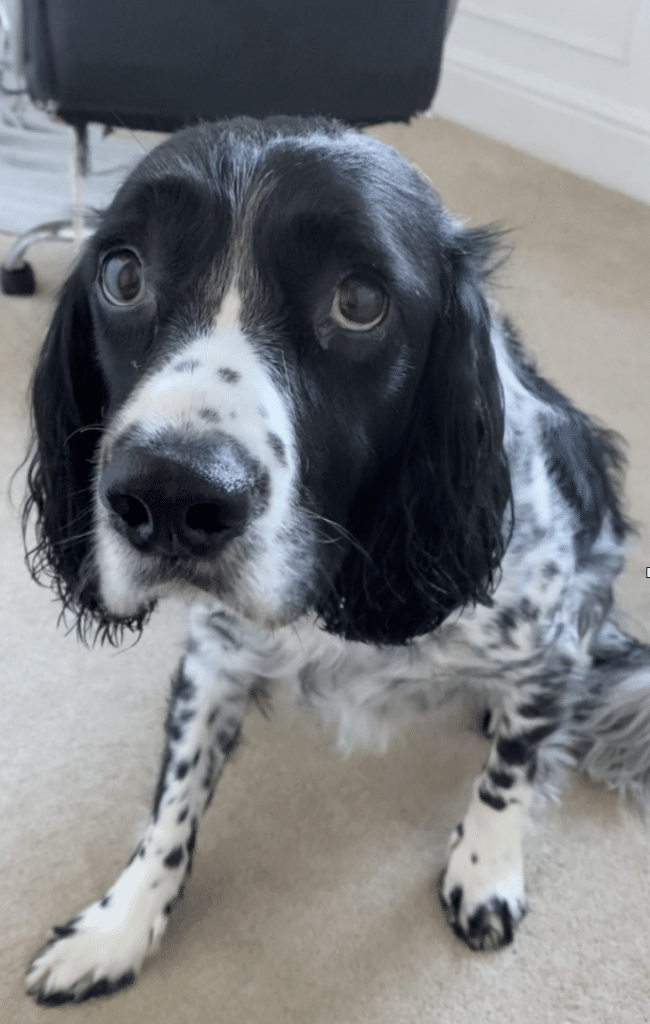
What steps should I take if I have an anxious dog?
Find a qualified person to help and start with your vet to see if they can recommend someone.
Also, don’t be afraid to do your own research!
See if there are things you can do to start managing some of their anxiety.
Some owners get yellow gear for their dogs to signal to others they are anxious upon approach.
Try to reduce small stresses to keep the dog comfortable. Look at their environment and determine what could be a trigger. Then find ways to mitigate it.
For example, I had a client whose dog was very anxious. After further examination, we found that his trigger was the children coming home from school.
They’d rush in making lots of noise and drop their things on the floor and the dog would become anxious.
The dog’s bed was directly across from the front door. Once the bed was moved to a quiet area, the dog and the family were much happier!
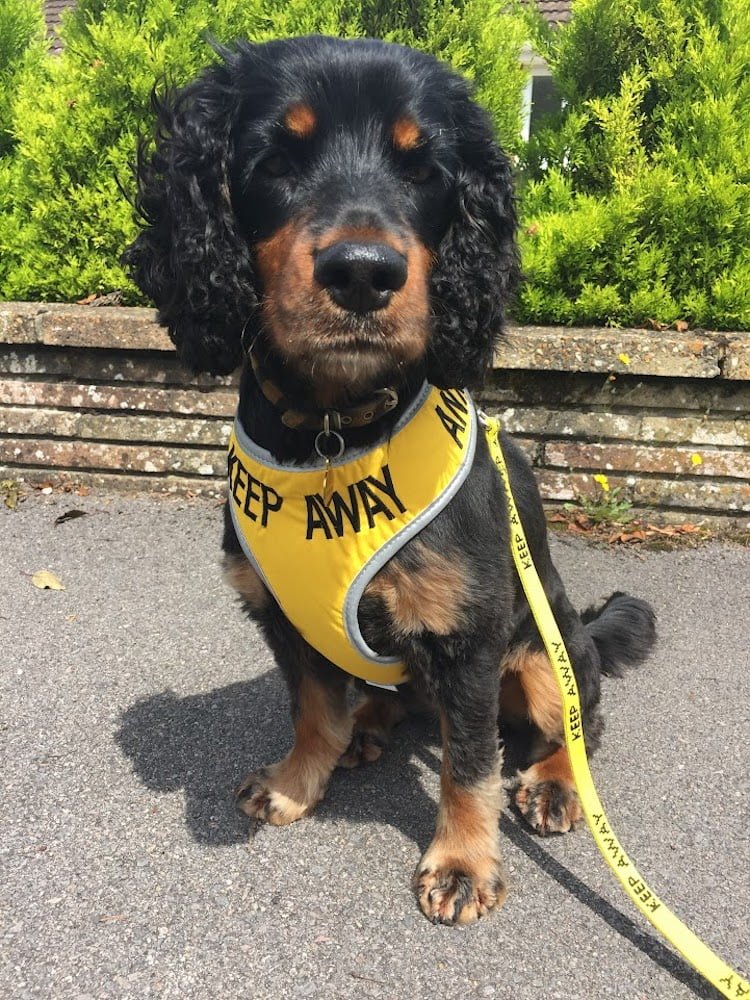
What causes anxiety and how can we prevent it?
Anxiety is caused by life experiences, and those experiences start in the womb.
Genetics play an important role as does the environment the mother is in while she is pregnant, as well as birth circumstances and how they’re nurtured.
As far as prevention goes, I think it starts with the breeders, whether they’re professional or not.
Dogs should be properly socialised from an early age and trained via positive reinforcement as opposed to punishment.
Behavioural problems are like the layers of an onion.
Once you peel them all back, looking inside the animal, its external environment, and social environment, we are better able to put together a plan.
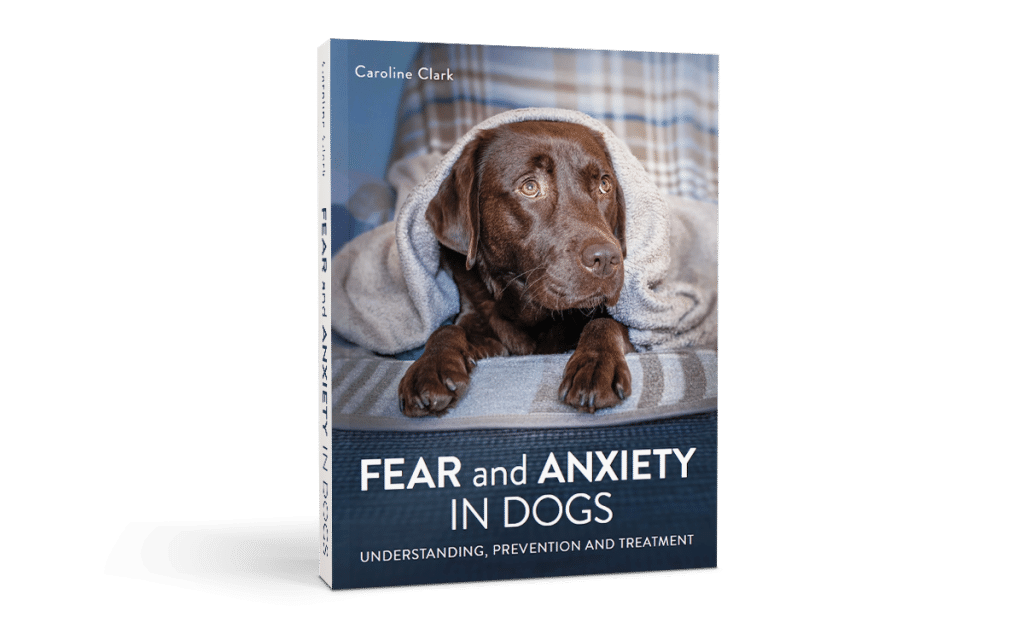
Tell us about your book!
I start at the very beginning, discussing early life triggers and how we can prevent and mitigate stress.
It is essentially a doggie ‘self-help’ book!
I want readers to finish with a better understanding of problems, how they can solve it, and how to feel empathy for their dog through the process.
I also include many photos to illustrate body language so you can interpret yourself when your dog may be exhibiting anxious behaviours.
I dissect different examples of anxiety and put together a sample behavioural plan for each scenario.
While my book won’t replace expert help, it is an affordable way to access valuable information to start yourself.
How does anxiety impact dogs’ owners?
Some people just don’t know what to do and will usually start with a Google search.
They’ll try everything they can think of and still see no progress, eventually reaching the end of their tether.
They’re frustrated because they feel embarrassed by the behaviour, feel judged by others, or feel like the dog doesn’t fit in with their family.
At this point they’ll usually reach out to someone like me, putting tons of pressure on behaviourists because sometimes people will be so discouraged they’re considering putting their pet to sleep if this doesn’t work.
A big part of my job is providing support and guidance to the humans during these trying times and directing them to other professionals like vets, trainers, and physiotherapists when necessary.
What’s your message to someone struggling right now?
Reach out for help. Don’t be embarrassed or frightened! You are not alone and there are loads of resources out there to help you.
Find someone who has a holistic attitude and can guide you toward the right resources to help both you and your dog.
Don’t feel angry or guilty for not seeing the signs or seeking help sooner. I urge you to give yourself grace.
We aren’t born with this knowledge and that’s why I am passionate about teaching! When we know better we do better.
Remember that you’re doing a great job.
Just by reading this, you’re showing up for your pet and proving you care.
Keep caring, keep showing up, and have faith it will all work out!
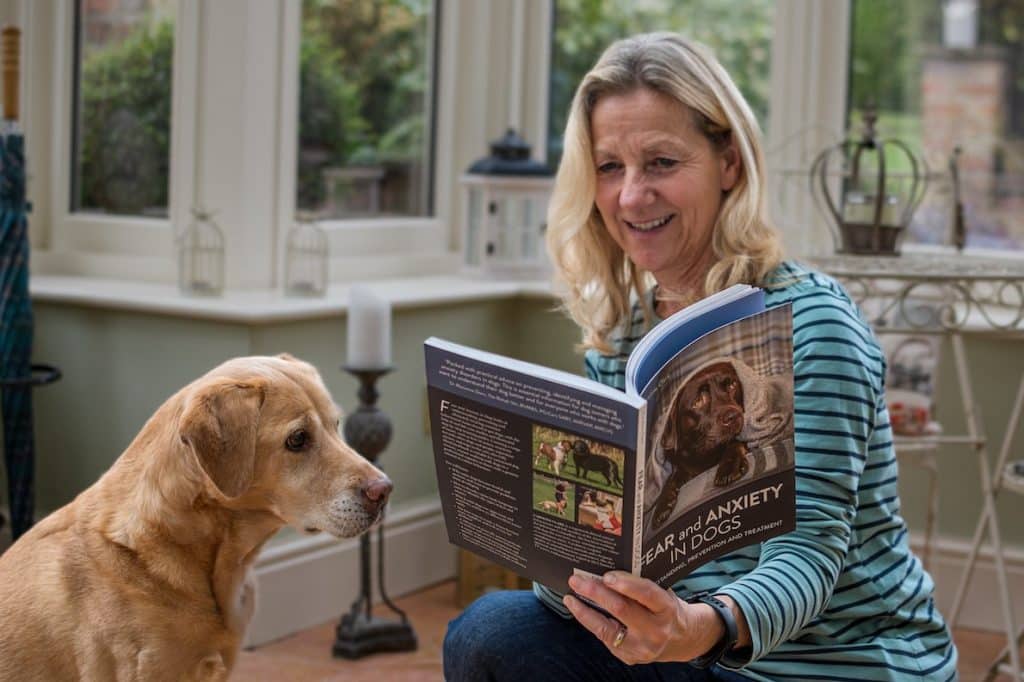
Where to find out more about Caroline
Caroline’s website has links to blogs, free downloads and online courses: https://www.peteducationandtraining.co.uk/
Caroline also shared some of the ways to find a suitably qualified behaviour counsellor
The Association of Pet Behaviour Counsellors (APBC) has a list of regulated clinical animal behaviourists that meet the standards set by the ABTC https://www.apbc.org.uk/
The Animal Behaviour and Training Council (ABTC) is a regulatory body that represents animal behaviour counsellors and trainers https://abtc.org.uk/
Visit Caroline’s author page for find sample pages of her book and details of how to get it – along with access to some free Ebooks https://www.carolineclarkbehaviourist.co.uk
If you found this post helpful, you might like to read these interviews too.
Helen Motteram on how to support your anxious dog
Sarah Jones shares how her Cocker Spaniel Bella inspired her to launch My Anxious Dog

